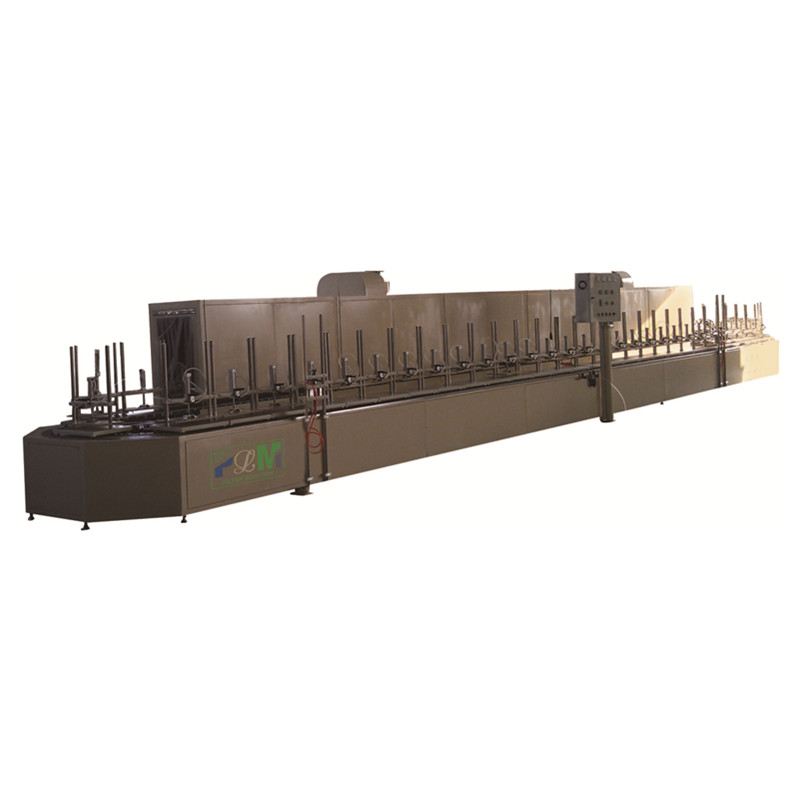Oct . 18, 2024 10:54 Back to list
Raw Materials for Primary Air Filters Production and Quality Considerations
Exploring Primary Air Filter Raw Materials A Key Component for Clean Air
In today’s world, air quality has become a pressing concern, as urbanization and industrialization contribute significantly to airborne pollutants. One of the primary solutions to combat air pollution is the effective use of air filters. Among these, primary air filters play a critical role in maintaining air cleanliness in various environments, from industrial settings to residential spaces. The raw materials used in the production of these filters are fundamental to their efficiency and effectiveness.
Understanding Primary Air Filters
Primary air filters are designed to capture larger particles, helping to protect more sensitive downstream filters and ensuring that the air entering a system meets specific quality standards. They serve as the first line of defense against dust, pollen, hair, and other contaminants that can harm both equipment and human health. The effectiveness of these filters largely depends on the materials they are constructed from, as this influences their filtration efficiency, capacity, and lifespan.
Key Raw Materials
The raw materials used in the manufacturing of primary air filters include a variety of synthetic and natural fibers. Some of the most common materials are
1. Polyester This synthetic fiber is extensively used due to its excellent durability and resistance to moisture. Polyester filters can handle a high volume of particles and are often favored for their longevity and cost-effectiveness.
2. Fiberglass Widely used in industrial and commercial applications, fiberglass filters are known for their ability to capture small particles effectively. They are lightweight and provide a high dust-loading capacity, making them suitable for environments with high particulate matter.
3. Cellulose This natural material is derived from wood pulp and is often used in low-efficiency filters. Though less durable than synthetic options, cellulose can still efficiently capture larger particles and dust.
primary air filter raw material product

4. Activated Carbon While primarily associated with odor removal and chemical filtration, activated carbon is sometimes incorporated into primary filters to enhance their ability to deal with gaseous pollutants. The adsorption properties of activated carbon make it an invaluable addition in settings where VOCs (volatile organic compounds) are a concern.
5. Nano-fibers An emerging technology, nano-fibers offer high filtration efficiency thanks to their extremely small diameter. They can trap smaller particles without substantially increasing resistance, allowing for better airflow.
The Importance of Material Selection
Choosing the right raw materials is crucial for manufacturers of primary air filters. Several factors influence this decision, including
- Efficiency The material must effectively capture a broad range of particle sizes. - Durability Filters need to withstand environmental conditions and maintain their integrity over time. - Cost-effectiveness Manufacturers must balance quality with production costs to offer competitive products. - Sustainability With increasing environmental awareness, the use of environmentally-friendly materials is becoming more important in filter production.
Innovations and Future Trends
As air quality regulations become more stringent and consumers demand better performance, innovations in raw materials and filter design are expected to emerge. Research is ongoing into bio-based materials that can serve as alternatives to conventional synthetics, offering both performance and reduced environmental impact. Additionally, advancements in nanotechnology may lead to filters that are lighter, more efficient, and capable of capturing even smaller particles.
Conclusion
The raw materials used in primary air filters are vital to their effectiveness in purifying the air we breathe. As the need for clean air escalates, the selection and development of these materials will play an essential role in the evolution of air filtration technology. From synthetic fibers to innovative materials, the ongoing advancements reflect a commitment to improving air quality and addressing the challenges posed by pollution. By investing in quality raw materials, manufacturers not only enhance the performance of their filters but also contribute to a healthier and cleaner environment for all.
-
High-Efficiency Active Carbon Air Filter for Air Purifier | Odor & Allergen Removal
NewsJul.23,2025
-
Active Carbon Air Filter for Air Purifier – High Efficiency Filtration Solution
NewsJul.22,2025
-
Durable Sintered Porous Metal Filter Tube Cup & Machines
NewsJul.22,2025
-
Effective Active Carbon Air Filter for Purifiers | Eliminate Odors
NewsJul.21,2025
-
PLJT-250-25 Full-auto Turntable Clipping Machine | Efficient Automation
NewsJul.20,2025
-
Cheap PLJY109-500 Full-Auto HDAF Expanded Mesh Spiral Coiling Machine - High Efficiency & Quality Manufacturer
NewsJul.08,2025
